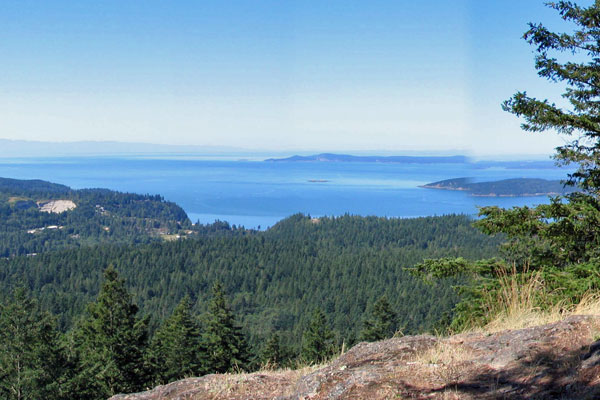
The National Climate Assessment has some predictions for the Pacific Northwest: Changes in the timing of streamflow reduce water supplies for competing demands. Sea level rise, erosion, inundation, risks to infrastructure, and increasing ocean acidity post major threats. Increasing wildfire, insect outbreaks, and tree diseases are causing widespread tree die-off.
Here are the key messages from the report...
Key Message 1: Water-related Challenges
Changes in the timing of streamflow related to changing snowmelt have been observed and will continue, reducing the supply of water for many competing demands and causing far-reaching ecological and socioeconomic consequences.
Key Message 2: Coastal Vulnerabilities
In the coastal zone, the effects of sea level rise, erosion, inundation, threats to infrastructure and habitat, and increasing ocean acidity collectively pose a major threat to the region.
Key Message 3: Impacts on Forests
The combined impacts of increasing wildfire, insect outbreaks, and tree diseases are already causing widespread tree die-off and are virtually certain to cause additional forest mortality by the 2040s and long-term transformation of forest landscapes. Under higher emissions scenarios, extensive conversion of subalpine forests to other forest types is projected by the 2080s.
Key Message 4: Adapting Agriculture
While the agriculture sector’s technical ability to adapt to changing conditions can offset some adverse impacts of a changing climate, there remain critical concerns for agriculture with respect to costs of adaptation, development of more climate resilient technologies and management, and availability and timing of water.
Read the Northwest report.
